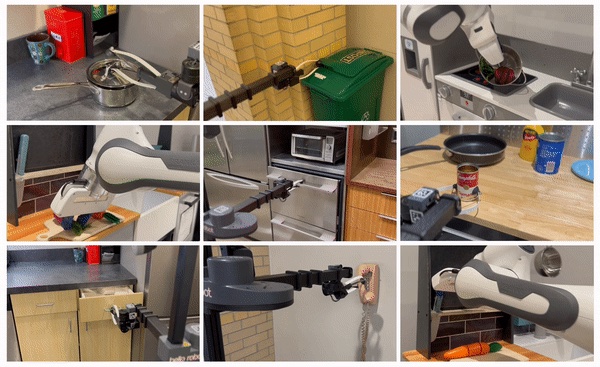In an age where artificial intelligence continues to redefine the boundaries of what’s possible, the intersection of robotics and video learning presents a fascinating frontier. For decades, researchers have aspired to create robots capable of adapting to unpredictable environments, a challenge that necessitates a learning approach far beyond mere programming. Among the latest advancements in this arena is the ability for robots to learn by observing videos, including the plethora of tutorials and demonstrations available on platforms like YouTube. Let’s delve into this innovative concept and examine how it’s shaping the future of robotics.
The Promise of Video Learning
The transformation of robotic learning through video is not just a passing trend; it speaks to a fundamental evolution in how machines understand and interact with their surroundings. As outlined by pioneers at institutions like Carnegie Mellon University (CMU), the key lies in a combination of robotics, vision, and machine learning techniques.
- Understanding through Demonstration: Traditionally, robotic systems have relied on predefined instructions, limiting their ability to adapt to new tasks. However, by watching humans perform chores – such as opening a drawer – robots can gain insights into the necessary actions, contact points, and trajectories to replicate these tasks in real-world settings.
- Learning in Diverse Environments: The recent development of the Vision-Robotics Bridge (VRB) algorithm takes this concept further. Unlike its predecessor, WHIRL, which required identical environments for both humans and robots, VRB allows machines to learn from demonstrations that occur in varied settings. This flexibility opens the door to broader applicability, enabling robots to operate within diverse environments.
Data-Driven Development
One of the game’s most critical factors is data, particularly high-quality datasets that encompass a wide range of scenarios. The CMU team relies on databases like Epic Kitchens and Ego4D, which accumulate thousands of hours of egocentric video footage. This wealth of data is essential for training robots to recognize patterns and perform tasks with nuance.
PhD student Shikhar Bahl highlights the potential of tapping into the vast array of instructional videos available on the internet. By harnessing this footage, robots can be trained to perform a range of daily activities, much like how a human learns by observing others. This revolutionary method creates opportunities for robots to learn more efficiently and effectively, potentially speeding up their integration into everyday life.
Real-World Applications and Challenges
While the theoretical underpinnings of video learning in robotics are promising, real-world applications present their own set of challenges. For instance, not all tasks are straightforward, and some, like operating bizarrely constructed cabinets, require a level of adaptability that robots currently lack.
- Adapting to Anomalies: One of the ongoing research goals involves enhancing robots’ abilities to handle atypical scenarios. As they observe a greater variety of demonstrations, they can better anticipate and respond to unique task requirements.
- Fine-Tuning Performance: Continuous refinement of the algorithms and training datasets will be crucial to improving the performance of AI-driven robotics in complex environments.
Conclusion: The Future of Robotics is Video Learning
The ability for robots to learn from video represents a significant step forward in robotics technology, providing a pathway for machines to adapt and evolve. As researchers continue to explore and refine this approach, we can expect to see robots that seamlessly integrate into our day-to-day lives, learning new tasks and improving their performance through observation.
At fxis.ai, we believe that such advancements are crucial for the future of AI, as they enable more comprehensive and effective solutions. Our team is continually exploring new methodologies to push the envelope in artificial intelligence, ensuring that our clients benefit from the latest technological innovations. For more insights, updates, or to collaborate on AI development projects, stay connected with fxis.ai.

